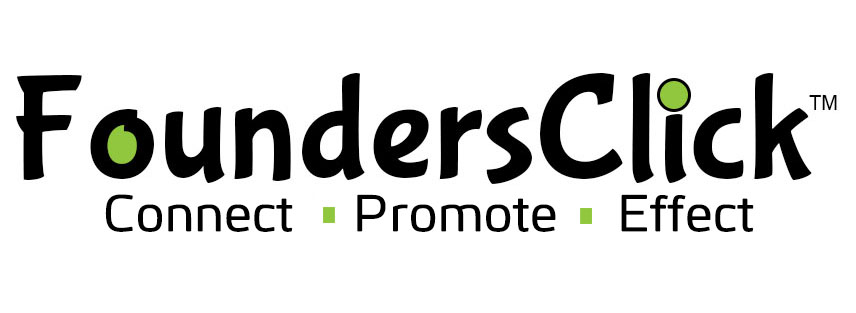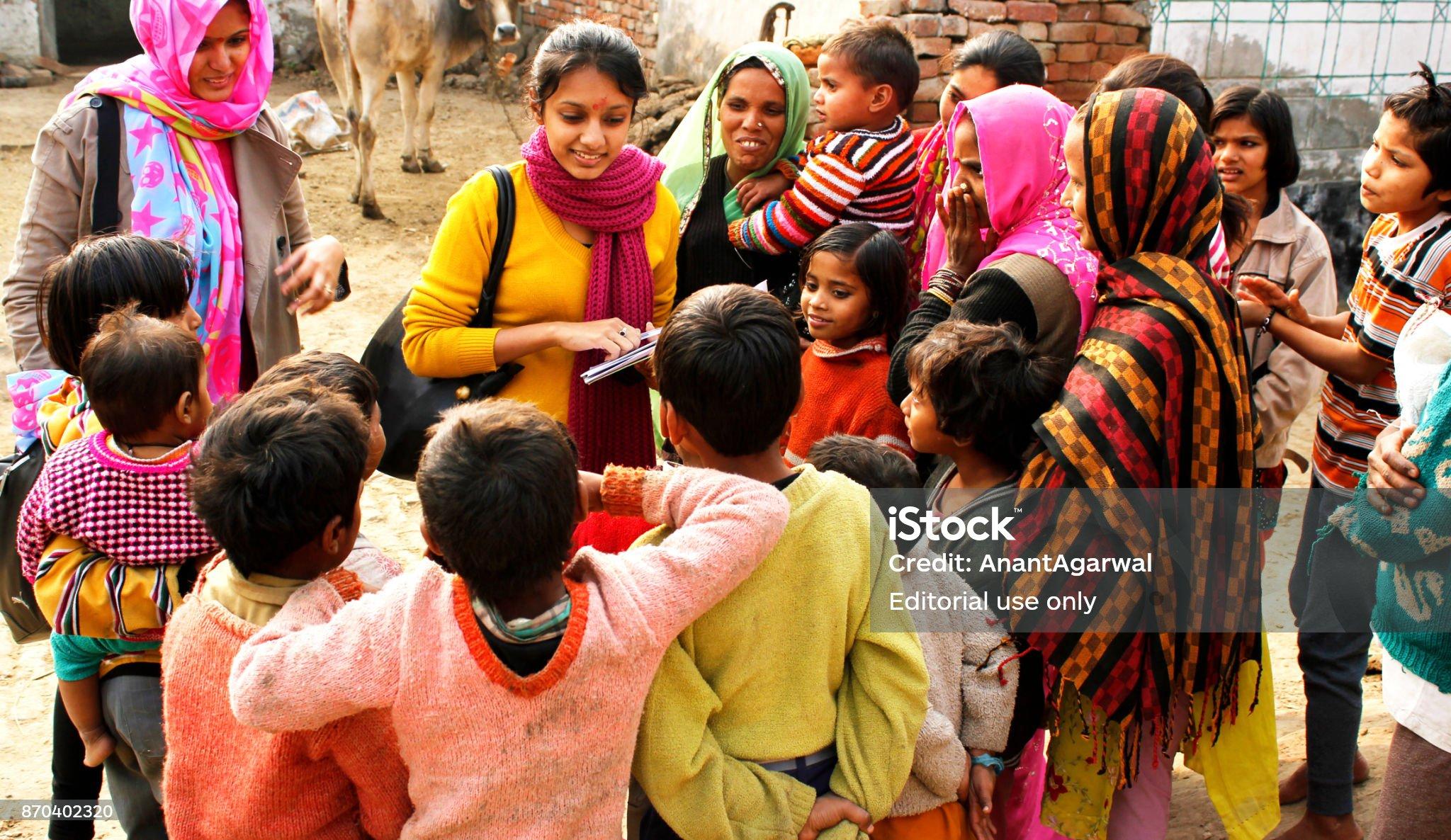Social service in public human resources refers to the provision of support and services to individuals, families, and communities to enhance their well-being, primarily through government or nonprofit organizations. In the context of public human resources, this involves the use of government employees, policies, and services to address social issues such as poverty, homelessness, unemployment, healthcare access, education, and more.
Public human resources play a critical role in coordinating and managing the people, policies, and services necessary for effective social service delivery.
Key Areas of Social Service in Public Human Resources:
-
Social Welfare Programs: These programs aim to support individuals and families in need. Common services include:
-
Unemployment benefits: Financial assistance for people who have lost their jobs.
-
Food assistance: Programs like food stamps (SNAP) to ensure access to nutrition.
-
Healthcare assistance: Government programs such as Medicaid and public health initiatives.
-
Child protection services: Ensuring the safety and welfare of children at risk of neglect or abuse.
-
Housing assistance: Public housing or subsidies for low-income families.
-
-
Public Health and Wellness: Government agencies manage services that ensure public health, including:
-
Mental health services: Providing counseling, therapy, and mental health crisis intervention.
-
Health education and outreach: Educating the public about disease prevention, healthy lifestyles, and wellness initiatives.
-
Substance abuse support: Helping individuals and families cope with addiction.
-
-
Community Development: Public human resources often manage programs that foster community engagement, development, and empowerment:
-
Job training and employment programs: Ensuring that individuals have the skills needed for the workforce.
-
Public education and youth programs: Providing access to quality education, after-school programs, and extracurricular activities.
-
Senior citizen services: Offering care programs and services for aging populations.
-
-
Criminal Justice and Rehabilitation: Social services within public human resources include rehabilitation and reintegration programs for incarcerated individuals or those in the criminal justice system:
-
Probation and parole: Providing support for individuals on probation or parole, helping them reintegrate into society.
-
Rehabilitation programs: Offering addiction counseling, education, and job training to reduce recidivism.
-
-
Disability Services: Government agencies often manage programs that assist individuals with disabilities:
-
Special education services: Providing educational support for students with disabilities.
-
Disability benefits: Offering financial support and services for those unable to work due to disabilities.
-
-
Public Housing and Homelessness Services: Public human resources often focus on providing stable housing and emergency shelter services:
-
Homeless shelters and services: Offering temporary housing and programs to help homeless individuals regain stability.
-
Affordable housing initiatives: Ensuring access to safe and affordable housing options for low-income families.
-
Role of Human Resources in Social Services:
Public human resources departments manage the workforce required to deliver these services. Their role includes:
-
Recruitment and Training: Ensuring that individuals working in social service programs have the necessary skills, training, and qualifications. For example, social workers, healthcare providers, and community outreach staff.
-
Employee Well-being: Offering support services for employees working in high-stress environments, such as mental health support, career development, and work-life balance programs.
-
Policy and Procedure Implementation: Developing and enforcing policies to ensure that social services are delivered efficiently and in compliance with legal and ethical standards.
-
Diversity and Inclusion: Promoting an inclusive work environment where employees can better serve diverse populations and communities.
Collaboration with Nonprofit and Private Sector:
Public human resources in social services often collaborate with nonprofit organizations and private companies to deliver effective services. For example, public-private partnerships can help extend healthcare services, provide job placement programs, or offer housing solutions for underserved communities.
Challenges in Social Services and Public Human Resources:
-
Resource Constraints: Government funding for social services can be limited, which affects the quality and scope of services provided.
-
Staffing Issues: High turnover rates, burnout, and difficulty in recruiting qualified professionals in social work, healthcare, and education fields can hinder service delivery.
-
Equity and Accessibility: Ensuring that social services are equitable and accessible to all, including marginalized communities, is a major challenge.
-
Coordination Across Agencies: Managing the coordination between different levels of government (local, state, federal) and private agencies can lead to inefficiencies and gaps in services.
Example Social Services and Public Human Resources Agencies:
-
U.S. Department of Health and Human Services (HHS): Oversees programs like Medicaid, Medicare, and public health initiatives.
-
Social Security Administration (SSA): Provides retirement, disability, and survivors' benefits.
-
U.S. Department of Housing and Urban Development (HUD): Manages public housing programs.
-
Local Public Health Departments: Provide vaccinations, disease control, and health education at the community level.
Conclusion:
Social services in public human resources play a vital role in improving quality of life and addressing societal needs. They rely on well-trained personnel, policies, and community partnerships to ensure that essential services like healthcare, housing, and education are accessible to those who need them. The goal is to promote social well-being, reduce inequality, and enhance opportunities for all individuals, particularly the underserved and vulnerable populations.

 SkillClick
SkillClick
